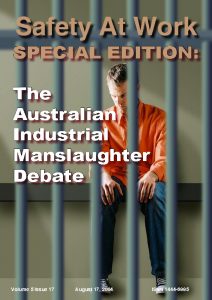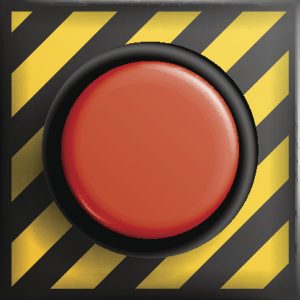The Australian trade union movement is confident that Industrial Manslaughter laws will be introduced in each Australian State and Territory over the next few years. Recently the Australian Broadcasting Corporation’s Law Report program looked at these laws and their discussion in the current Senate Inquiry into “The framework surrounding the prevention, investigation and prosecution of industrial deaths in Australia“.
Much of the radio program contains a general discussion about workplace fatalities with agreement that the long term trend in workplace fatalities is downwards. But no one seems to know the reason for this trend.

 Below is the list of occupational health and safety (OHS) issues for the next three years, put to the Australian Council of Trade Unions and passed, at its
Below is the list of occupational health and safety (OHS) issues for the next three years, put to the Australian Council of Trade Unions and passed, at its  South Australia’s occupational health and safety (OHS) regulator,
South Australia’s occupational health and safety (OHS) regulator,  Several of the articles in the Safety At Work special edition on Industrial Manslaughter mentioned in
Several of the articles in the Safety At Work special edition on Industrial Manslaughter mentioned in 
